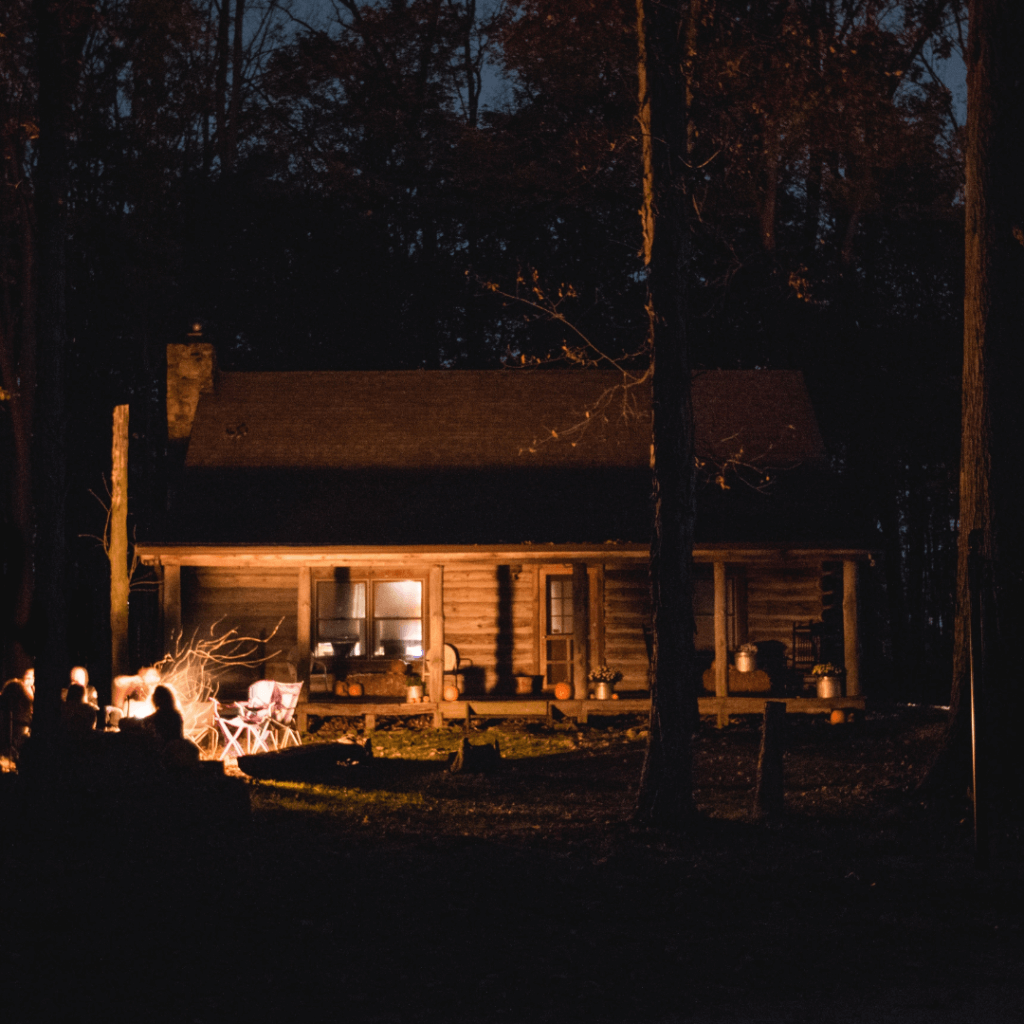Invasive insects and diseases spread on firewood – destroying vital fish and wildlife habitat. Smart firewood choices make all the difference.
Hunting and fishing trips make memories that last a lifetime. The trees that saw you shoot your first buck could be there to witness your grandchildren’s first one as well. Getting away to spend some time in the woods is a quintessential part of these experiences, and protecting the health of the trees is more important than ever. A few savvy firewood choices can protect forest health from devastating insects and diseases. Safe options are to:
- Use only locally-sourced firewood (a good rule of thumb is to burn it within 50 miles or less of where it was cut)
- Gather wood responsibly to use it on-site, where permitted
- Buy certified, heat-treated firewood.
A cozy campfire is a wonderful thing; using the right firewood is life or death for the nearby trees.
What else can you do to stop the spread of invasive pests on firewood? Tell your friends not to move firewood, especially when camping, hunting, biking, or hiking. Ideally, your firewood should be from only a few miles away, or at least in the same county. Here’s a little more detail on the best firewood options:
Local Firewood
- Source firewood near where you will burn it- a good rule of thumb is burning within 50 miles of where it was cut. Forest pests and pathogens can’t travel far on their own – but they can travel hundreds of miles in a day when they hitchhike on people’s firewood. This is how notorious invasive species like emerald ash borer and Asian longhorned beetle can infest areas thousands of miles away from where they were originally detected. Keeping firewood within 50 miles of where it was cut limits the range that hitchhiker pests can travel in or on firewood. Keeping firewood within 10 miles is ideal!
Gathering Firewood On-site
- Some areas allow for the responsible collection of firewood – usually dead and downed wood. This is a viable option in many places. Just don’t take any unused firewood home at the end of your trip. That way, any pests or pathogens within the wood are kept within the area that the firewood was sourced.
Certified, Heat-treated Firewood
- Certified heat-treated firewood is the ONLY safe wood to move long distances. The heat-treatment kills any pests and diseases within the wood. Look for a state or federal stamp or seal on the package. In some places, this is the only firewood allowed in the state, park, or campground, so it’s a good idea to keep the firewood in the original packaging as much as possible prior to burning.
A couple last things to keep in mind…
- The spread of forest pests on firewood is so serious, there are laws to prevent it. Firewood regulations vary in each state, so visit our Firewood Map to learn more.
- Some states list their firewood vendors on Firewood Scout, to make finding local firewood easier for everyone. Check their site to see if your state is included!
- Wood that looks clean and healthy can still have tiny insect eggs, or microscopic fungi spores, that will start a new and deadly infestation. Always leave your backyard firewood at home, even if you think it looks fine.
- Aged or seasoned wood doesn’t cut it – it’s still not safe to move. Just because it is dry doesn’t mean that bugs can’t crawl onto it- and some insects can take several years to mature inside the wood.
- Tell your friends not to bring wood with them- everyone needs to know that they should not move firewood.
- Want to learn more? Visit our Frequently Asked Questions!
You have the power to save trees!
These actions prevent the movement of tree-killing pests that could destroy forests in the places you love. Dead trees mean less wildlife and less fun for future outdoor enthusiasts like you. Protect the trees every place you go- whether for a camping trip, RV adventure, family reunion, or up to hunting camp. The same goes in reverse- don’t bring firewood back from where you visited or camped, either. Instead, use firewood purchased locally, gather firewood on site, or buy certified heat-treated wood.




